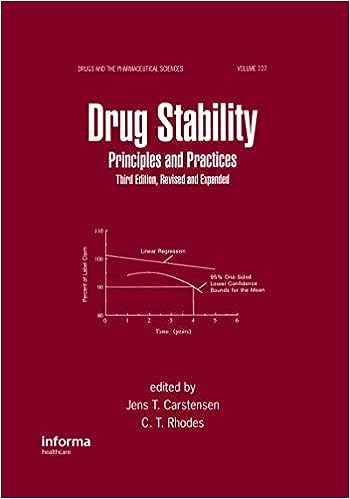Considerations for Stability Studies of Combination Products
Stability studies for combination products, which involve the integration of drugs, devices, and/or biological components, require special considerations due to their complex nature. These products often have unique challenges related to formulation, packaging, and interactions between components. Conducting robust stability studies is essential to ensure the quality, safety, and efficacy of combination products over their shelf life. In this discussion, I’ll outline the key considerations for conducting stability studies of combination products.
Component Interaction
1. Compatibility: Assess the compatibility of drug and device components to prevent interactions that could affect product stability.
2. Leachables and Extractables: Evaluate
Packaging Considerations
1. Packaging Material: Choose packaging materials that are compatible with both the drug and device components and do not contribute to
degradation.2. Light and Moisture: Consider the impact of light and moisture on the stability of both the drug and device components.
Stability-Indicating Methods
1. Analytical Methods: Develop stability-indicating methods capable of detecting degradation products, impurities, and changes in both drug and device components.
2. Dual Testing: In some cases, separate testing for drug and device components may be necessary to assess their individual stability.
Testing Parameters
1. Storage Conditions: Choose storage conditions that simulate the intended distribution and use of the combination product.
2. Accelerated Studies: Conduct accelerated stability studies to predict potential degradation pathways and establish shelf life estimates.
Interactions with Biological Components
1. Biological Activity: Assess the impact of the drug-device interaction on the biological activity and efficacy of the product.
2. Biocompatibility: Address any potential biocompatibility issues arising from interactions between the product components and the patient’s body.
Regulatory Considerations
1. Regulatory Guidance: Consult regulatory guidelines specific to combination products to ensure compliance with stability testing requirements.
2. Design Controls: Align stability testing with design control requirements to ensure the product’s safety and effectiveness.
Long-Term vs. Accelerated Stability
1. Real-Time Testing: Include real-time stability studies to assess long-term behavior under actual storage conditions.
2. Accelerated Testing: Conduct accelerated studies to predict stability over a shorter period and support shelf life determination.
Batch Variability
1. Multiple Batches: Consider testing multiple batches to account for potential variability in formulation, manufacturing, and components.
2. Consistency: Demonstrate consistency in stability profiles across different batches of the combination product.
Conclusion
Stability studies for combination products require careful consideration of interactions between drug and device components, packaging, analytical methods, and regulatory requirements. By addressing these unique challenges, pharmaceutical manufacturers can ensure that combination products maintain their quality, safety, and efficacy throughout their intended shelf life, benefiting both patients and regulatory compliance.
